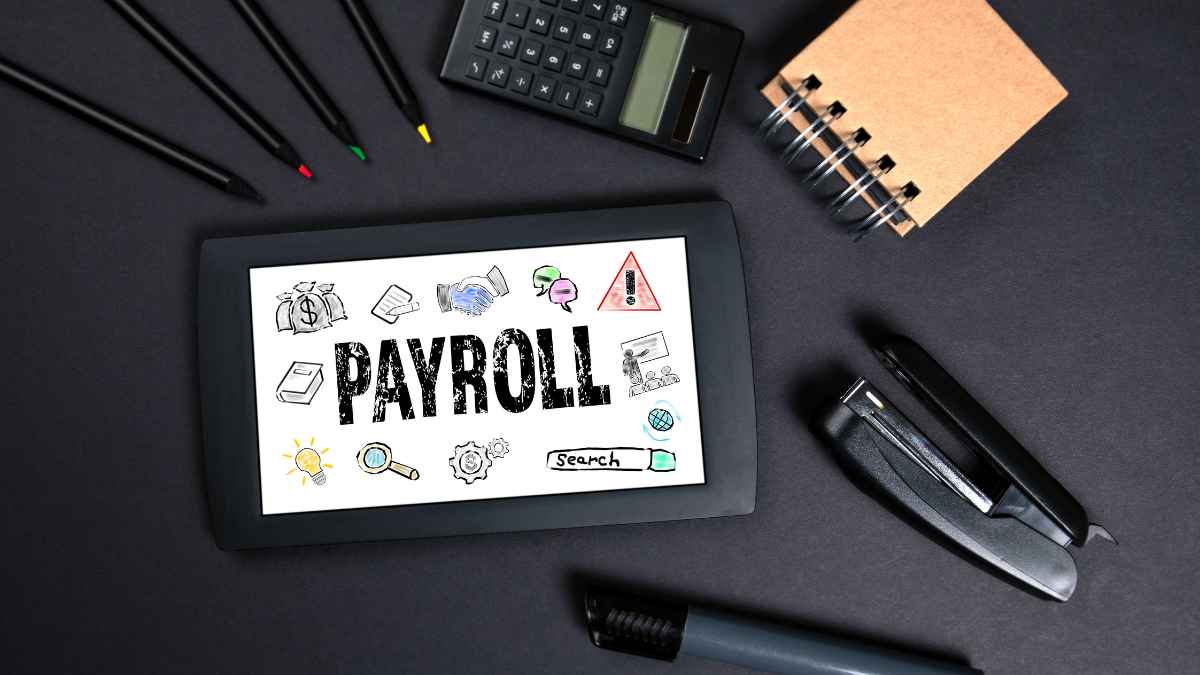In today’s workplace, the integration of disability inclusion and technology is not just progressive; it’s essential. As businesses increasingly recognize the value of a diverse workforce, the role of technology in enabling and enhancing accessibility has become a key focus. This shift represents more than a trend; it’s a fundamental change in how we view and accommodate the varied needs of employees.
The journey towards meaningful disability inclusion in the corporate world is evolving. No longer an afterthought, it’s now a driving factor in organizational strategy, spurred by both ethical imperatives and the undeniable benefits of a diverse workforce. Technology stands at the forefront of this change, offering innovative solutions to longstanding challenges and opening new avenues for inclusivity.
Current Landscape of Disability Inclusion in the Workplace
The journey towards inclusive workspaces starts with a clear understanding of the current landscape. Recent studies reveal a mixed picture: on one hand, there’s an increasing awareness and adoption of inclusivity practices; on the other, significant gaps remain. According to the Bureau of Labor Statistics, the employment-population ratio for persons with a disability was 19.1 percent in 2021, compared to 63.7 percent for those without a disability. This disparity highlights the ongoing challenges in achieving employment equality.
Case studies from various industries shed light on successful inclusion strategies. For instance, Microsoft’s Inclusive Hiring program demonstrates how intentional efforts can create more accessible workplaces. These initiatives not only benefit employees with disabilities but also enrich the organization’s culture and productivity.
Barriers to Disability Inclusion: What’s Holding Us Back?
Despite these positive developments, barriers to full inclusion remain. These include physical accessibility challenges, lack of assistive technologies, unconscious biases, and inadequate policies. Many businesses are still catching up to the idea that inclusivity extends beyond physical accommodation to encompass a holistic understanding of diverse needs. This includes mental health considerations, flexible working arrangements, and tailored career development opportunities.
In addition to the physical and technological barriers, there’s a significant hurdle in the form of organizational culture and attitudes. Many companies have yet to fully embrace the concept of a diverse workforce that includes people with disabilities. This often stems from a lack of awareness and understanding about the capabilities and potential contributions of these individuals. Overcoming these barriers requires a shift in mindset, education, and policy-making at all levels of an organization.
Technological Advancements and Their Impact
The transformative power of technology in reshaping the workplace for individuals with disabilities is immense. Innovations in artificial intelligence (AI), virtual reality (VR), and a host of other digital tools are carving out new pathways for accessibility and inclusivity. AI, for instance, is revolutionizing assistive technologies, enabling better communication for those with speech or hearing challenges. VR technology is equally transformative, offering safe, adaptable environments for training and simulation, catering to a range of disabilities.
Moreover, some companies are leading the charge in integrating technology for more inclusive environments, extending beyond the workplace into aspects like accessible home modifications and assessments. This holistic approach recognizes that employee well-being and productivity are influenced by factors both within and outside the workplace.
In recruitment, AI is playing a pivotal role. The use of AI-driven tools, such as text-to-speech software and analytics, is making job descriptions and recruitment processes more inclusive. This approach not only aids in attracting a diverse range of candidates but also underscores a commitment to inclusivity from the first point of contact.
Companies that specialize in health and wellness technology solutions illustrate the breadth of what can be achieved when innovative technology is applied thoughtfully. Their strategies in using technology to support employee well-being are prime examples of how digital tools can be harnessed to create a more inclusive and supportive work environment.
Predictions for the Future
As we look ahead, experts in diversity and technology foresee a workplace where inclusion is deeply integrated into the fabric of every organization. They predict a future where technology not only supports accessibility but also enables individuals with disabilities to bring unique perspectives and skills to the workforce. The growing trend towards remote and flexible work arrangements also bodes well for increased inclusion.
Emerging technologies such as advanced robotics, augmented reality (AR), and next-generation AI are set to further revolutionize the workplace. These technologies have the potential to create more adaptive work environments and to provide new platforms for collaboration and communication, accommodating a wider range of abilities and needs.
Preparing for a More Inclusive Future
To realize the potential of these technological advancements, there needs to be a concerted effort in policy-making and corporate governance. This involves not only adopting inclusive technologies but also shaping policies that support the full participation of disabled individuals in the workforce. Companies must take responsibility for creating an environment where diversity in all its forms is valued and nurtured.
Investing in training and development is key to preparing both employees and management for a more inclusive future. This includes sensitivity training, accessibility training, and upskilling programs designed to make the most of new technologies. By equipping their workforce with the right tools and knowledge, organizations can build a more inclusive, productive, and innovative workplace.
Conclusion
The future of work is inherently tied to the trends in disability inclusion and the integration of cutting-edge technology. As this article has explored, there is a clear trajectory towards more inclusive work environments, driven by technological innovation and a growing recognition of the value of diversity.
The journey towards full inclusion is an ongoing process, requiring commitment, creativity, and collaboration. Organizations that embrace this challenge will not only be doing what is morally right but will also be positioning themselves for greater success in an increasingly diverse and dynamic business landscape.

MoneyMantra, is a passionate content creator with over 5 years of experience in writing about the intersection of technology, business, finance, education, and more. With a deep understanding of how these fields empower both individuals and businesses





